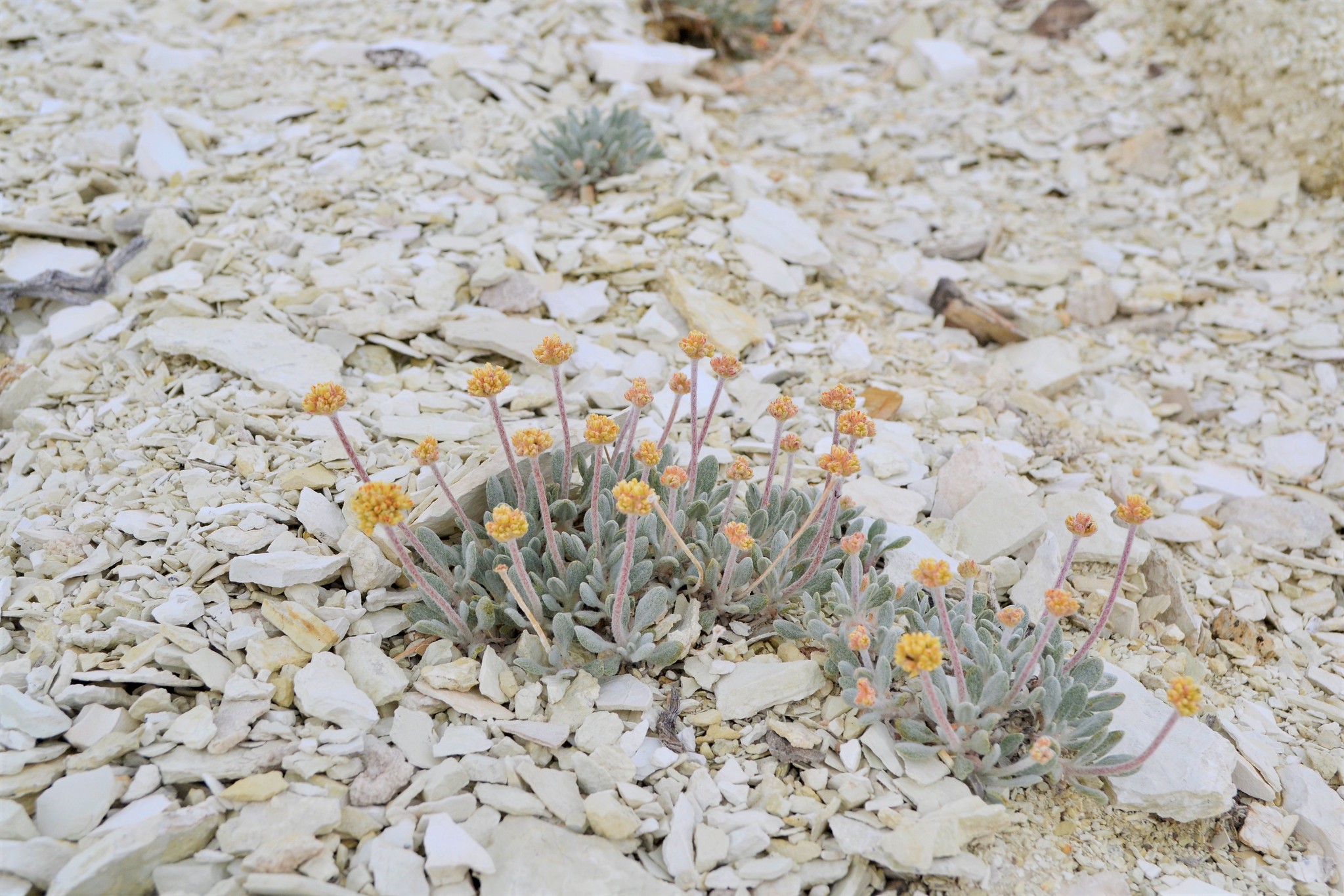Endangered Species Act aims to stop extinction. Period.

Endangered species in Nevada have been thrust into the limelight because of high-profile conflicts with proposed developments. But we can both protect endangered species from extinction and provide for well-planned clean energy and economic development.
Two formerly obscure species, Tiehm’s buckwheat and the Dixie Valley toad, have become nationally known in recent years, emerging as flashpoints in Nevada’s burgeoning renewable energy economy.
The rare wildflower grows exclusively in soils in the Silver Peak Range of Esmeralda County that are rich in boron and lithium — minerals coveted by Australian mining company Ioneer. The rare toad lives at a single hot spring-fed wetland in Churchill County, the same site of a proposed geothermal power plant from Ormat, which would exploit the same geothermal aquifer that creates the toad’s habitat.
But it’s not just these two charming, diminutive organisms causing a ruckus. Among others, the white-margined penstemon is a rare wildflower facing localized extinction because of the Clark County lands bill and the Greenlink West transmission line.
The Center for Biological Diversity, where I work, was founded to protect species from going extinct. We’re in the midst of a global extinction crisis, with more than 1 million plant and animal species at risk of disappearing forever. Species are dying out at hundreds to thousands of times the natural rate.
The extinction crisis puts biodiversity at risk. It’s an existential threat to continued human life, and all life on Earth. Biodiversity is what gives us clean air to breathe and clean water to drink. It puts food on our plates and roofs over our heads.
Without biodiversity, we’re doomed.
The Endangered Species Act, passed in 1973, is the most successful conservation law in the world at preventing extinction. More than 99 percent of species listed under the act are still with us today.
So, as we’ve done with hundreds of other plants and animals across the country, the center petitioned the government to protect Tiehm’s buckwheat and Dixie Valley toads under the Endangered Species Act. After years of litigation, the U.S. Fish and Wildlife Service agreed these species are at risk of extinction and in December listed both of them as endangered.
Similarly, the center petitioned for protections for the white-margined penstemon in March.
But that doesn’t mean the lithium mine, the geothermal project and the lands bill will all grind to a halt. The point of the Endangered Species Act is to prevent extinction, not stop projects.
Las Vegas provides a prime example. The Mojave desert tortoise was listed under the Endangered Species Act in 1990 and the entire Las Vegas Valley was at one time desert tortoise habitat. It’s hard to argue that the tortoise’s endangered species listing did anything to pump the brakes on growth in Southern Nevada.
Will Tiehm’s buckwheat stop Ioneer’s Rhyolite Ridge Mine? Not likely, and that’s not the point. What’s more likely is that the mine will overhaul its operations plan to ensure it doesn’t drive the rare wildflower extinct by destroying its critical habitat.
Will the white-margined penstemon derail Sen. Catherine Cortez Masto’s and the real estate industry’s dreams of having one big city from Apex down Interstate 15 to the California line? Doubtful. What’s needed is to ensure that any development enabled by the Clark County lands bill doesn’t cause the extinction of the rare wildflower by paving over its habitat.
Will the Dixie Valley toad prevent Ormat’s geothermal project at Dixie Meadows from going online? Maybe. Here the threat truly is existential, based on widespread consensus from independent scientists. Luckily for Ormat, it has dozens of projects across the state, most with no endangered toads present. So even if Dixie Meadows never moves forward, it won’t set back the company’s geothermal energy development efforts in Nevada.
My organization fights less than 1 percent of projects proposed on public lands in Nevada. If developers can modify a project to avoid harming endangered species, we’ll move on.
The point of the Endangered Species Act, and our use of it, is to prevent plants and animals from going extinct. Full stop. It’s our best tool for saving life on Earth.
Patrick Donnelly is the Great Basin director at the Center for Biological Diversity.
